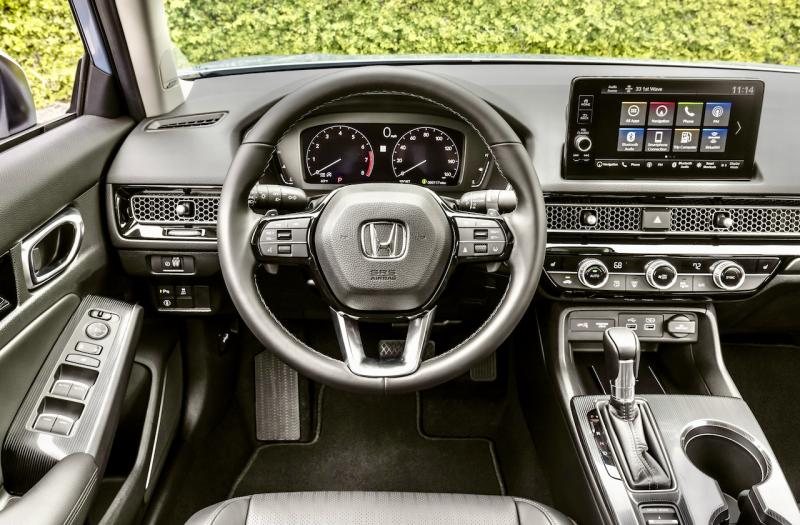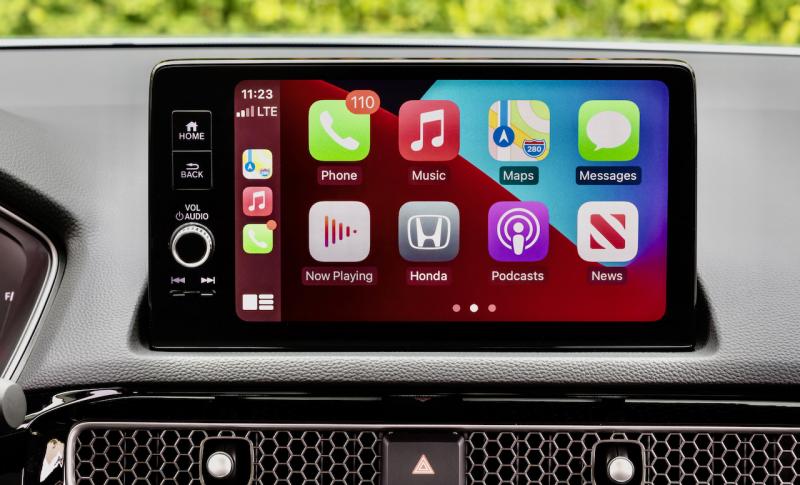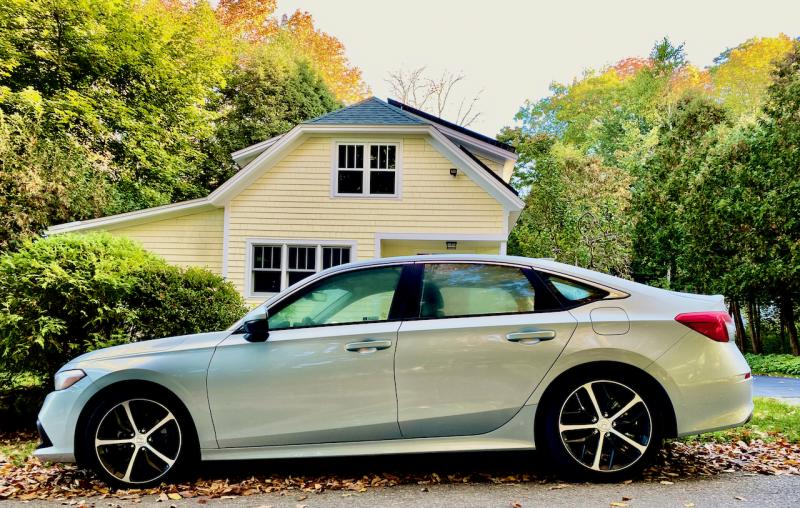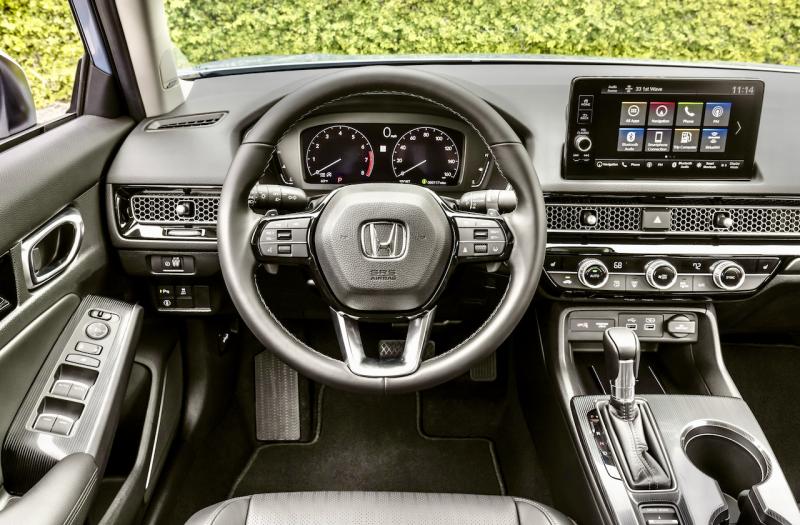In a way, the new-for-2022 Civic reminds me of Mercedes-Benz’s C-Class cars: They’ve both grown up. And whereas we once bought them because we couldn’t afford the fancier models, now we buy them because we just don’t want a bigger car. They’ve caught up with the rest of the family in value, refinement and overall swank.
Let’s not forget the Civic’s roots, either, which in North America go back to the Honda 600 micro-car. I first saw one in Montreal circa 1970. It was barely the size of a British Mini, but it made a big impression on me as an answer to urban congestion. The Civic (“of or relating to a city”) came next. The 600 had been sold by Honda motorcycle shops; the Civic led to the company’s present network of 1,000-plus US auto dealerships and its global position as the fourth-largest vehicle manufacturer. Go, little Civic!
Of course, it’s not so little anymore. The new Civic is nearly five feet longer and a ton heavier than the old 600, and when it comes to performance, comfort and safety there’s no comparison at all. Our new, grown-up Civic even averaged 38 miles per gallon, astonishingly close to its flyweight ancestor’s MPG. The new car emits much less pollution, too—except for that pesky carbon dioxide.
All that’s not new in the Civic is the choice of engines, which carry over from last year: a 2.0-liter, 158 horsepower Four or, in higher-grade models, a 180-horsepower turbo Four, which delivers good performance via a CVT, a continuously variable transmission. Honda appears to have smoothed out the CVT, otherwise known for noisy engine revs, just as it did powerful front-wheel-drive systems a few years ago. The Civic is a good example of both—it’s nicely responsive in town and a quiet cruiser on the freeway.
The Civic has been upgraded in other ways too, from its handsome new styling to a stiffer, stronger platform with improved steering and suspension, a new type of front airbag meant to reduce brain and neck injuries, and the first rear-seat side airbags in a Civic. Other across-the-board additions include blind-spot monitoring, a power sunroof, dual-zone automatic climate control, and heated wing mirrors and front seats.

The Touring sedan gets its own upgrades, and these include the Civic’s first all-digital LCD instruments, its first Bose sound system with 12 speakers, wireless phone charging and connectivity, and a larger touchscreen. Touring trim also delivers the latest version of Honda Sensing, with a wider-view front camera, next-gen low-speed emergency braking assistance and Traffic Jam Assist. This uses GPS, 3-D mapping and 360-degree sensors to take over the driving in congestion. (It also monitors the driver, so no napping in gridlock.)
A basic Civic LX starts at $22,915. Next comes the Sport ($24,315), the EX ($25,915) and then our Touring, which feels as though it should cost more than the listed $29,515. Civics come in sedan and hatchback layouts; the hatch is available with a manual 5-speed gearbox. The ultimate Civic is the Type R, a wild-looking 306-horsepower screamer with a 6-speed manual gearbox and a starting price of $37,895.

We may wonder why it took 50 years for the Civic to reach this level of refinement, but the fact is that each of its 11 generations (since 1972!) impressed the market with its good manners, build quality, use of space and value. It’s a Honda, after all.





























